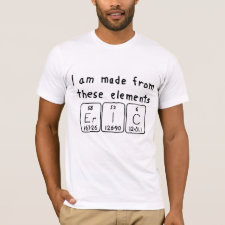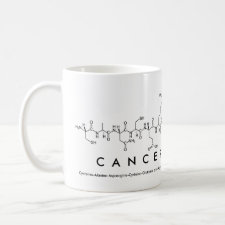
Authors: Leung D, Kang SO, Anslyn EV
Article Title: Rapid determination of enantiomeric excess: a focus on optical approaches.
Publication date: 2012
Journal: Chemical Society Reviews
Volume: 41
Issue: (1)
Page numbers: 448-479.
DOI: 10.1039/C1CS15135E
Abstract: High-throughput screening (HTS) methods are becoming increasingly essential in discovering chiral catalysts or auxiliaries for asymmetric transformations due to the advent of parallel synthesis and combinatorial chemistry. Both parallel synthesis and combinatorial chemistry can lead to the exploration of a range of structural candidates and reaction conditions as a means to obtain the highest enantiomeric excess (ee) of a desired transformation. One current bottleneck in these approaches to asymmetric reactions is the determination of ee, which has led researchers to explore a wide range of HTS techniques. To be truly high-throughput, it has been proposed that a technique that can analyse a thousand or more samples per day is needed. Many of the current approaches to this goal are based on optical methods because they allow for a rapid determination of ee due to quick data collection and their parallel analysis capabilities. In this critical review these techniques are reviewed with a discussion of their respective advantages and drawbacks, and with a contrast to chromatographic methods (180 references)
Template and target information: Review - determination of ee



Join the Society for Molecular Imprinting

New items RSS feed
Sign-up for e-mail updates:
Choose between receiving an occasional newsletter or more frequent e-mail alerts.
Click here to go to the sign-up page.
Is your name elemental or peptidic? Enter your name and find out by clicking either of the buttons below!
Other products you may like:
 MIPdatabase
MIPdatabase









